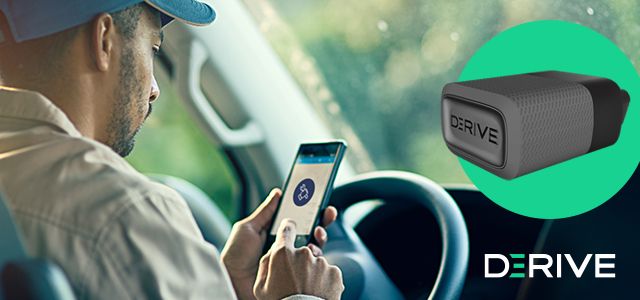Vehicles are mass-produced to function for a wide variety of potential buyers and uses. Fleets, on the other hand, are not one-size-fits-all. Fleet vehicles are used to accomplish an array of tasks that can vary from fleet to fleet and even from project to project. When fleet vehicles are purchased, companies will likely make specific alterations to make the vehicle conducive to its required use. All elements are important, from adding ladder racks to GPS systems to custom paint jobs and wraps, but the most vital customization is often overlooked – the engine.
Engine calibrations are a way to customize the vehicles in your fleet to make them work in the most effective way possible. By altering the vehicle’s engine parameters to align with the way the vehicle is being used, you can minimize fuel costs, increase driver safety, and elevate overall fleet productivity.
Calibration vs. Tuning
While engine calibration may be a less common term in fleet management, engine-tuning is more widely known. These two terms can be used interchangeably. Both engine calibration and engine-tuning refer to the process of modifying a vehicle’s engine parameters to increase the performance of the vehicles.
Why Engine Calibration Is Not on Fleet Managers’ Radar
Engine calibration is such a simple and effective way to transform the profitability of a fleet. In fact, engine calibration has been performed on millions of vehicles over the last 20 years to enhance performance – yet it is still a rarely used tool by fleet managers and operators. The idea that you can plug a device into the OBD-II port of the vehicle and adjust the engine parameters to align with the needs of that vehicle seems too good to be true. It’s not too good to be true – it’s engine calibration.
You have the power to customize your fleet by modifying each vehicle’s engine parameters to meet your exact specifications. In just 10-15 minutes, an engine calibration specialist can simply push a few buttons and completely change the way your vehicle performs. Leveraging calibrations is the simplest and most effective way to improve fuel efficiency, decrease fuel costs, and limit dangerous driver behavior.
If you need to add power, engine calibrations can unlock more horsepower and torque. If you need a more responsive throttle, calibrations can adjust the throttle sensitivity for stock, fuel saver, performance, or extreme modes. If you need to modify transmission shifting, you can use calibration to change the vehicle’s shift points and firmness.
How Engine Calibration Works
Engine calibration is the process of adjusting a vehicle’s Engine Control Module (ECM) by implementing customizations to the software coding that tells the engine how to run. These coding modifications refine engine parameters to tailor vehicle performance to a fleet’s specific use. Using software, the custom calibrations are installed into a handheld programmer that is then plugged into a vehicle’s OBD-II port. The programmer then optimizes the engine control module settings with the software in order to implement the calibration.
Here’s what you can expect when implementing calibrations:
- Analyze –Identify and calculate all the factors that contribute to your vehicle’s performance and fuel usage and set goals for improving them.
- Program –Load your customized device, or tuner, that will be installed into your engine’s computer.
- Optimize– The tuner will optimize your vehicle’s calibration settings (such as idle RPM and shift points) and can even install speed limiters.
Implementing vehicle calibrations will improve fuel efficiency, enhance vehicle safety, and extend vehicle life.
Meet VQ Efficiency™
VQ Efficiency™ is Derive’s engine optimization software solution for engine calibrating. With over 2 million software installations, VQ Efficiency™ has transformed fleet performance from one-size-fits-all to mission-specific, empowering fleets to increase vehicle productivity by optimizing how they perform.
The effectiveness of calibration solutions makes them the single most efficient step fleet managers can take to improve the performance of their fleet. Your fleet is just one simple step away from improving vehicle performance and maximizing fuel efficiency.
by Derive – Staff Writer
Source: https://www.automotive-fleet.com
CUT COTS OF THE FLEET WITH OUR AUDIT PROGRAM
The audit is a key tool to know the overall status and provide the analysis, the assessment, the advice, the suggestions and the actions to take in order to cut costs and increase the efficiency and efficacy of the fleet. We propose the following fleet management audit.




